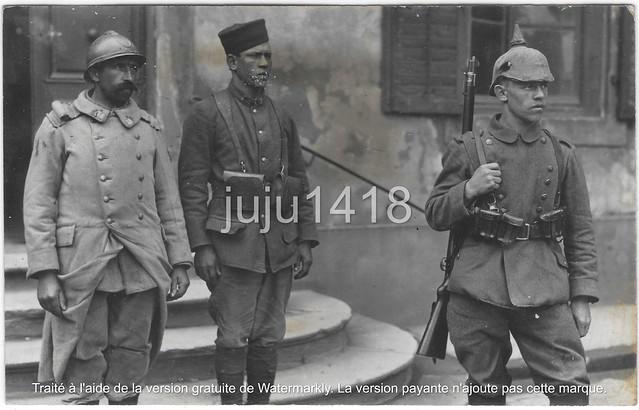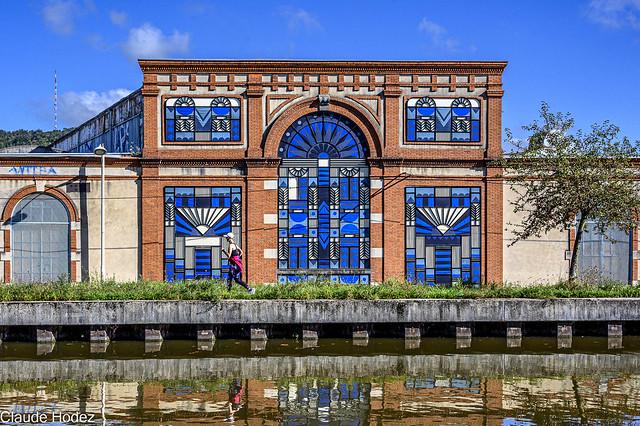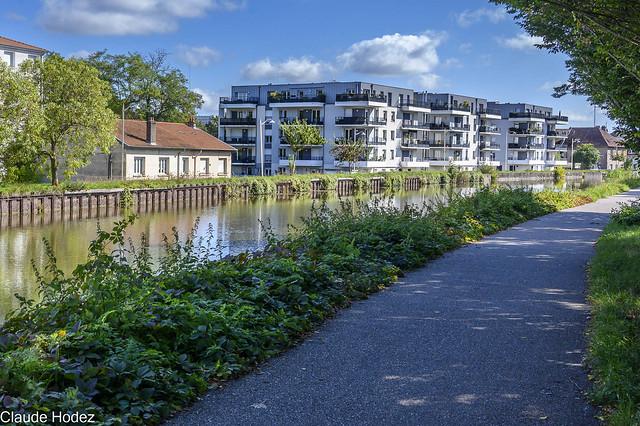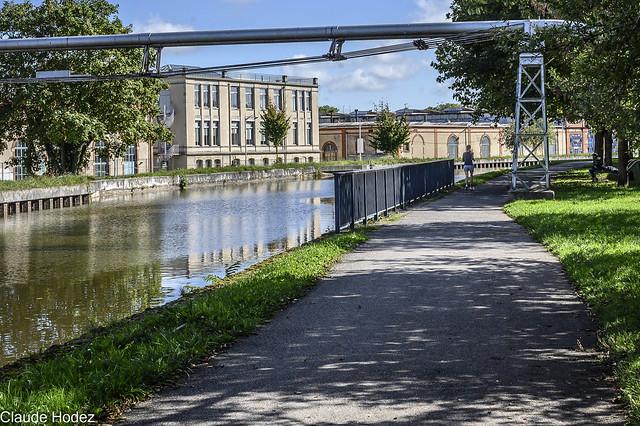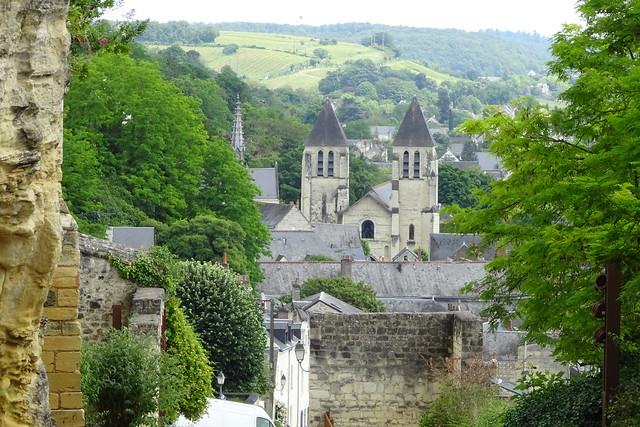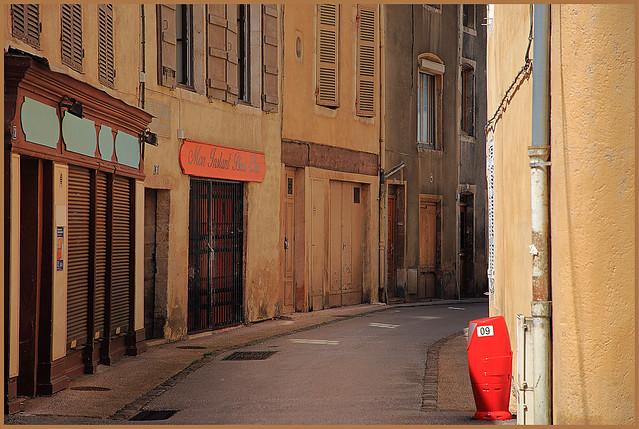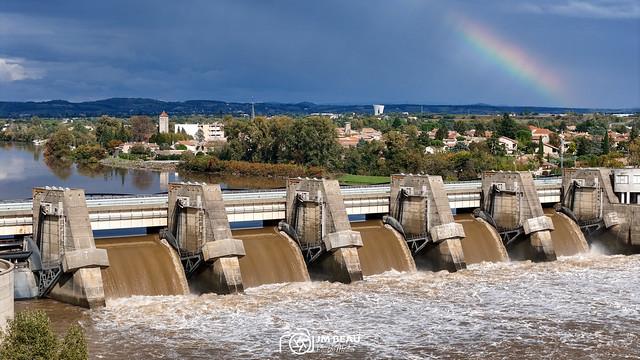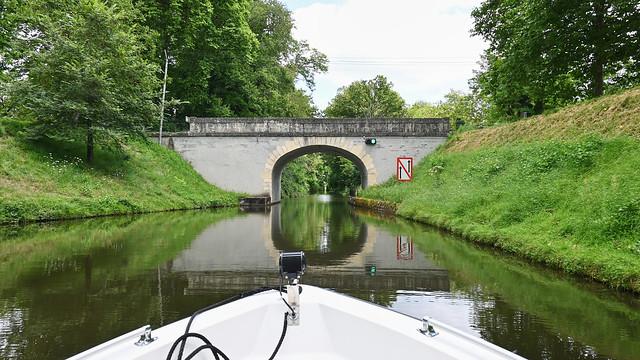Meurthe-et-Moselle
Overview
Meurthe-et-Moselle, a department in the Grand Est region of northeastern France, offers a rich blend of cultural heritage and natural beauty that makes it a unique destination for curious travelers. The capital, Nancy, is particularly renowned for its vibrant art and history scenes. Here, teenagers can explore Place Stanislas, a UNESCO World Heritage site famous for its grandiose 18th-century architecture and lively atmosphere. The area's history is deeply intertwined with the broader narratives of European conflicts and the coal and steel industries, adding layers of educational intrigue. Local cuisine, featuring delights such as quiche Lorraine and mirabelle plums, provides a tasty exploration into French culinary traditions.
The high season for tourism in Meurthe-et-Moselle typically runs from late spring through early autumn, peaking in July and August. During these warmer months, the weather is generally pleasant, making it ideal for a variety of outdoor activities. Teenagers can enjoy hiking or cycling through the picturesque countryside, exploring the region's numerous parks and natural reserves. Cultural festivals and events, such as the Nancyphonies music festival and the Renaissance-themed festivities in Liverdun, offer vibrant entertainment and insight into local traditions and arts during this period.
Before visiting Meurthe-et-Moselle, travelers should prepare by packing appropriate clothing for variable weather, as temperatures can fluctuate, especially in the evenings. Learning a few basic phrases in French will not only be useful but also appreciated by local residents. It's also wise to research transportation options, as exploring the region might require short train rides or bus trips between towns and attractions. Additionally, securing a map of the area or having a reliable GPS app on your mobile device will help in navigating this fascinating region with ease.
How It Becomes to This
History not available

You May Like
Explore other interesting states in France


